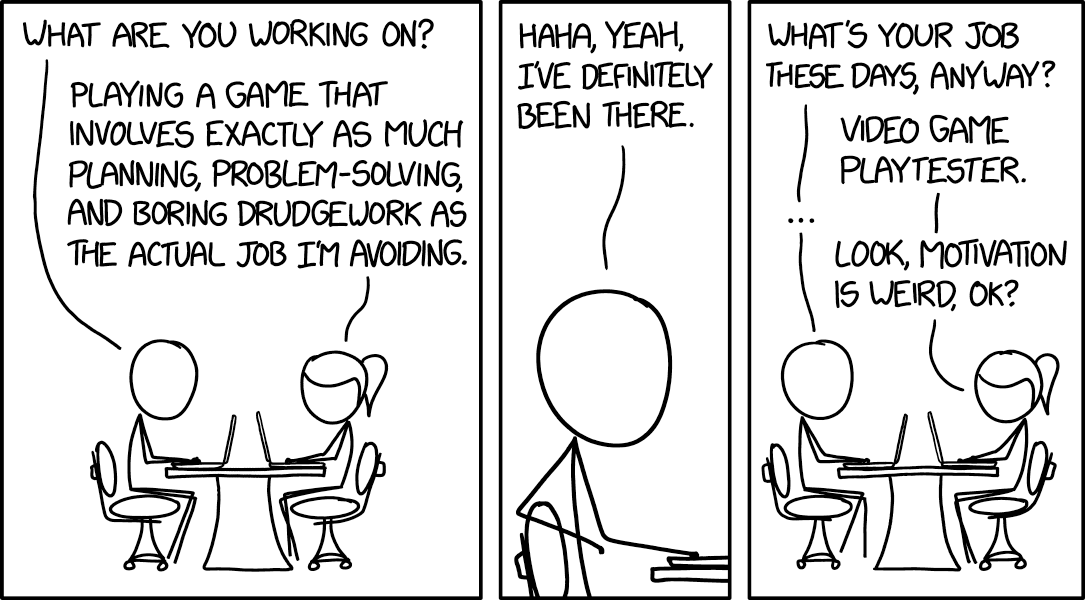More than ten years ago, a close ex-colleague from the UK asked me a simple question: “Wow, your new Alfa Romeo Giulietta is really nice, but I would have invested that money differently. Do you know what FIRE is?”
That was the beginning of everything.
Up until that moment, I hadn’t really thought about it. I had money, I spent money. Sometimes I saved some, but mostly I didn’t think about it strategically. That question shifted something. I started reading, experimenting, losing and winning money with stocks, occasionally dabbling in cryptocurrencies or whatever other financial instrument caught my attention—all without a clear objective. Just to sharpen my financial awareness.
As time passed, though, I realized I needed to do better with the money Amazon was paying me for my work. After 13 years there, including many at Senior and Principal levels, my salary was typically 3-4x higher than what you’d see in a regular Italian tech company. That’s a lot of compounding I was potentially leaving on the table.
The FIRE Menu
There are different ways to approach FIRE. You could ask Google or ChatGPT, but here’s my quick rundown:
Lean FIRE — Retiring on minimal expenses, usually under $40k/year. Think living in a cheaper area, simple lifestyle, strict budgeting. You trade a leaner lifestyle for earlier freedom.
Fat FIRE — Retiring with plenty of money for travel, hobbies, and luxuries. You save more aggressively and longer, but get a more comfortable retirement earlier than 65.
Barista FIRE — Having enough invested to cover most expenses, then working a chill part-time job to cover the gap. You get freedom plus a bit of structure and income.
Coast FIRE — You’ve saved enough that if you stop contributing now, your investments will grow to fund a traditional retirement. You can relax, cover current expenses, and let compounding do the work.
Hybrid FIRE — Mix and match. Work full-time for periods, go part-time, take sabbaticals. Flexibility is the goal.
What FIRE Actually Means to Me
Here’s the thing: for me, FIRE doesn’t mean doing nothing from morning to night and living off passive income until social security kicks in (in Italy that’s around 67-68 years old, and who knows what it’ll be in 30 years).
For me, FIRE means having enough financial stability and security that I can tell anyone I encounter in my professional path to take a hike, at any moment. I can choose who I want to work with and IF I want to work. I can decide if for a period of my life it’s better to do full-time work or dedicate only 3-4 hours per day and use the rest of the time to train for a marathon. I can decide whether it’s worth giving a company a chance to work together, or maybe it’s better to try Full FIRE for a few years waiting for better times. You get the picture.

The experts might call this approach Lean FIRE, or Barista FIRE, or Hybrid FIRE. Call it whatever you want.
Since I reached this freedom, I’ve also become way more relaxed at work. I don’t feel the pressure anymore—I work only because I still enjoy what I’m doing right now. And, between you and me, at 39 I still feel too young for Full FIRE.
The Point
My suggestion? Figure out what kind of FIRE you’re aiming for first, then start setting your financial goals. Obviously, use my FireCalc tool to model different scenarios—see what your numbers need to look like for Lean FIRE vs Fat FIRE, test different withdrawal rates, play with contributions and timelines.
But start with the “why” before you dive into the “how much.” Because knowing you want the freedom to walk away changes everything about how you approach investing, saving, and spending. It’s not just about hitting a number—it’s about designing the life you want and then reverse-engineering the financial path to get there.
And once you know what you’re building toward, every financial decision becomes easier. You’ll know when to say yes, when to say no, and when to say “fuck this, I’m out.”
